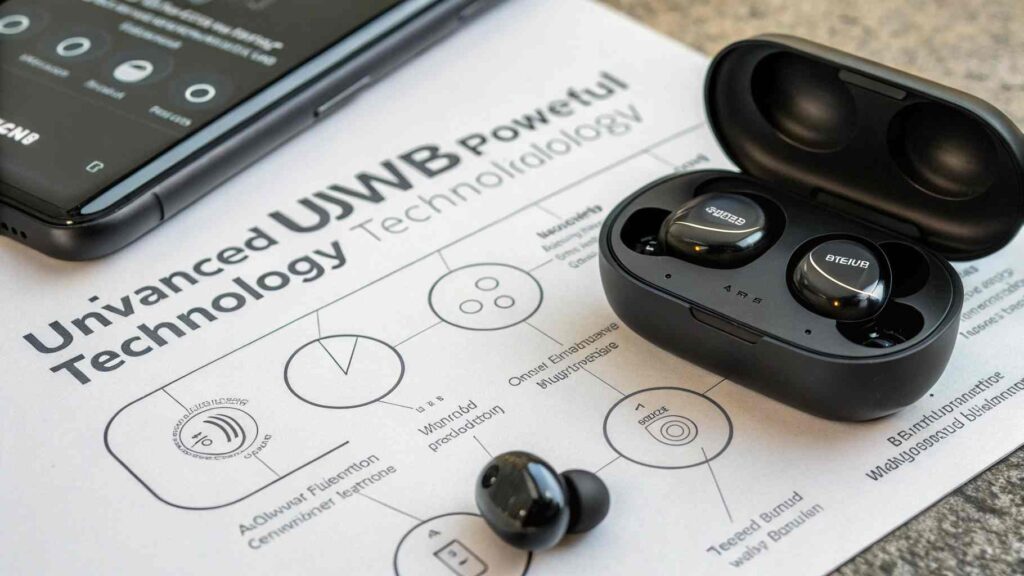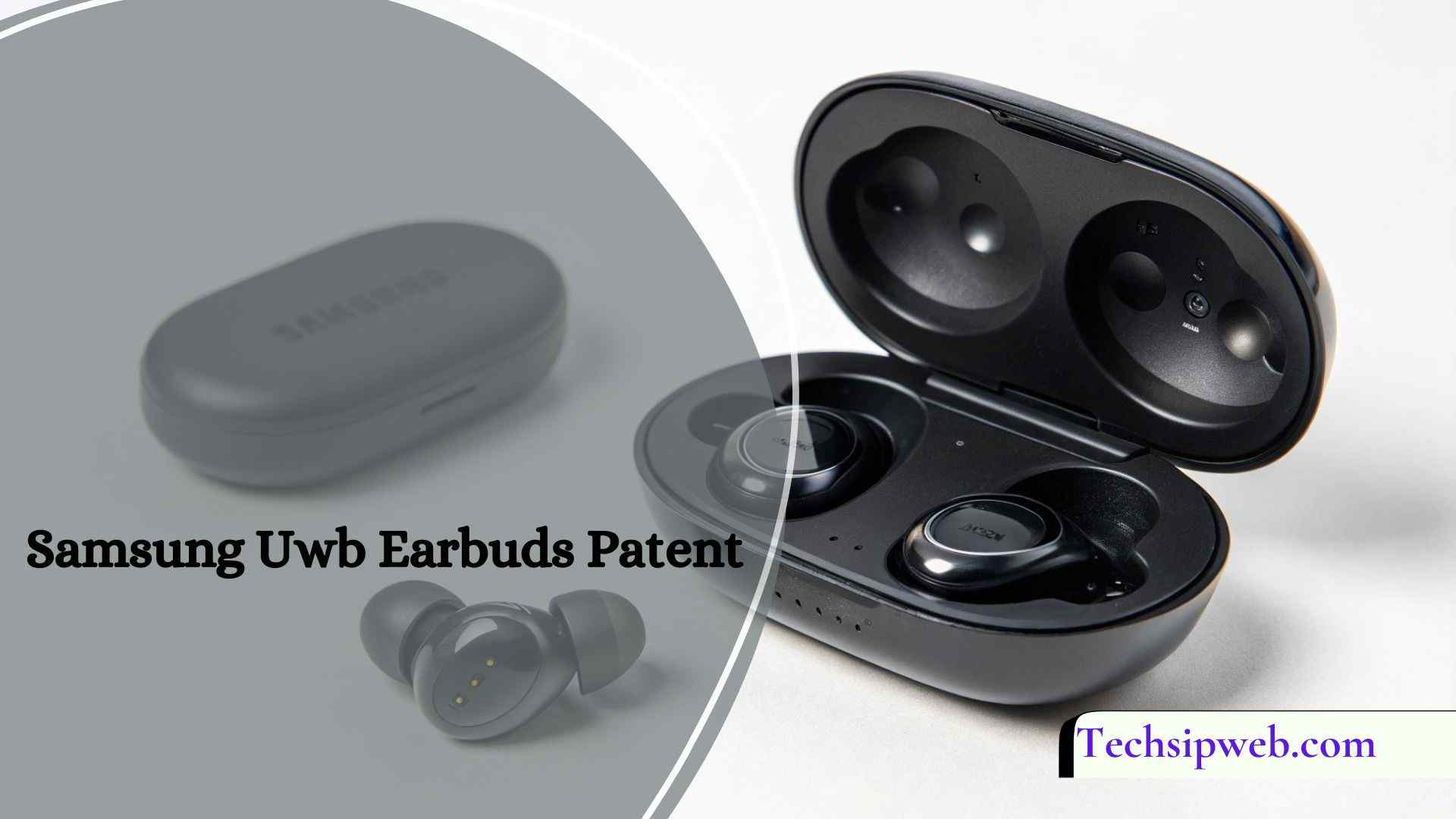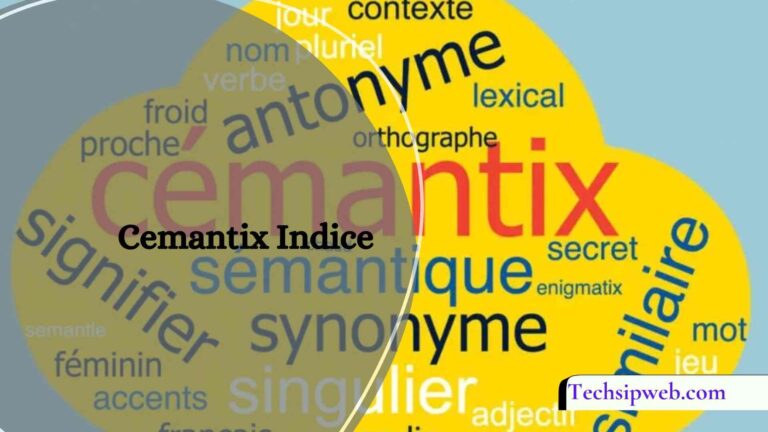The Samsung UWB Earbuds Patent is about new smart earbuds that can track their location and connect to your devices automatically. It’s like your earbuds knowing what you need—without you doing a thing.
Stay tuned with us! We’ll be sharing more about the Samsung UWB Earbuds Patent soon. From cool features to how they’ll change your everyday tech, you won’t want to miss it!
What Is the Samsung UWB Earbuds Patent?
In early 2025, documentation surfaced showing that Samsung filed a patent for wireless earbuds equipped with UWB capabilities. According to the technical drawings and detailed descriptions in the patent, these earbuds would utilize UWB chips to communicate with nearby devices in ways Bluetooth simply can’t match.
Here are some technical elements highlighted in the patent:
- UWB chip integration in both earbuds
- Real-time spatial mapping of surrounding devices
- Automatic detection of device proximity and priority
- Inter-device communication and synchronization
- Precise location tracking for anti-loss and smart pairing
This goes beyond just making your audio sound better—it’s about creating an entire smart, responsive ecosystem built around your earbuds.
What Makes UWB Technology So Powerful?

UWB is a wireless communication technology that transmits data across a very wide frequency spectrum at low energy levels. The result? Low-latency, interference-resistant, and incredibly accurate data transmission.
Core Advantages of UWB:
- Ultra-precise spatial accuracy (within 5-10 cm)
- Real-time device positioning
- Faster data transfer rates
- Stronger resistance to interference compared to Bluetooth
- Secure, short-range communication
This makes UWB ideal not just for sound quality, but for creating smarter interactions across devices.
Comparison: UWB vs Bluetooth vs Wi-Fi
| Feature | UWB | Bluetooth | Wi-Fi |
| Range | Short (0–10 meters) | Medium (up to 100 meters) | Long (up to 150 meters) |
| Speed | High | Moderate | High |
| Latency | Ultra-low | Moderate | Variable |
| Interference | Very low | Susceptible | High |
| Precision Tracking | Yes (cm-level) | No (m-level) | No |
| Battery Efficiency | High | Very High | Moderate |
So while Bluetooth is still the go-to for basic audio transmission, UWB offers a level of intelligence and spatial awareness that could change how we use our earbuds.
Potential Features and Use Cases of Samsung’s UWB Earbuds
If Samsung brings this patent to life, the earbuds could feature a number of revolutionary functions:
Auto Device Switching
Your earbuds automatically switch audio sources when you move between rooms or devices (e.g., phone → TV → tablet).
Precise Device Location
Lost an earbud? UWB tech could help you locate it with pinpoint accuracy through a “Find My Earbuds” app.
Smart Home Integration
The earbuds might control smart home devices—like dimming lights or adjusting temperature—based on your location and gestures.
Advanced Spatial Audio
Real-time 3D audio could adapt based on head position and room acoustics, delivering a more immersive experience.
Gesture and Head Movement Recognition
Wave your hand or turn your head to control playback, change tracks, or answer calls—no button taps needed.
How This Fits Into Samsung’s Ecosystem?
Samsung has been steadily expanding its UWB portfolio. Here’s how this patent fits into the bigger picture:
- Galaxy SmartTags: Track items with UWB precision.
- Galaxy Phones (S21 and later): Feature UWB chips.
- SmartThings Ecosystem: Samsung’s IoT platform benefits from UWB-powered automation.
These earbuds could become the connective tissue across Samsung’s smart ecosystem—serving as both audio devices and intelligent sensors.
How Samsung’s UWB Earbuds Could Compete with Apple and Others?
Apple currently uses UWB in the U1 chip, integrated into newer iPhones and AirTags. However, Apple’s AirPods haven’t yet adopted UWB—leaving a strategic opening for Samsung.
Key Comparisons:
| Feature | Samsung UWB Earbuds (Patent) | Apple AirPods Pro (Current) |
| UWB Chip Integration | Yes (planned) | No |
| Spatial Awareness | Yes (advanced) | Yes (basic) |
| Find My Earbuds Accuracy | High (cm-level) | Medium (Bluetooth-based) |
| Device Ecosystem Switching | Smart, automatic | Manual or voice-controlled |
| Gesture Controls | Likely UWB-enabled | Tap/Squeeze-based |
If Samsung acts quickly, it could leapfrog Apple in the race for next-gen smart earbuds.
Broader Implications for Consumers
Let’s zoom out. Why should you as a regular user care about any of this?
Less Hassle More Automation
No more pairing and unpairing devices. Your earbuds simply know what to do.
Greater Security
UWB’s short-range and encrypted signal make it harder to hack or spoof.
Smarter Wearable Experiences
This is a step toward earbuds that do more than play music—they become your assistant, tracker, and smart remote.
Accessibility Boosts
Gesture recognition and spatial audio could improve usability for people with disabilities or mobility challenges.
Will This Be in the Next Galaxy Buds?
There’s no official confirmation yet. But the timing of the patent suggests Samsung could introduce these features in a next-generation Galaxy Buds model, possibly released alongside the next Galaxy Z Fold or Galaxy S-series phone.
Historically, Samsung uses major phone releases to unveil companion wearables, so a mid-to-late 2025 launch is possible.
Industry Impact and Future Possibilities:
Samsung’s UWB earbuds may just be the start. As UWB becomes more widespread, we could see:
- Cross-brand compatibility (Samsung → Google Home → Android Auto)
- Gaming integration (real-time audio for AR/VR)
- Fitness tracking with spatial awareness
- Enhanced augmented reality soundscapes
Think of earbuds not just as accessories, but as central control units for your digital life.
FAQ’s
1. What is the Samsung UWB patent?
It’s a patent for wireless earbuds with Ultra-Wideband (UWB) technology that enables precise location tracking, smart device switching, and spatial awareness.
2. What is the patent on Samsung earbuds?
The patent covers UWB integration in earbuds for advanced features like real-time positioning, gesture control, and smart ecosystem syncing.
3. What is UWB Samsung?
UWB (Ultra-Wideband) is a wireless tech Samsung uses for precise device tracking and communication in products like SmartTags, phones, and soon, earbuds.
4. What has Samsung patented?
Samsung has patented various innovations including foldable displays, UWB technology, smart home integrations, and wearable features.
5. What patents did Samsung copy from Apple?
In past legal battles, Apple claims Samsung copied design elements like rounded icons and home screen layouts, leading to major lawsuits.
6. What patent does Elon Musk own?
Elon Musk is listed on several patents related to electric vehicles, battery systems, and rocket tech, mainly through Tesla and SpaceX.
Conclusion:
Samsung’s UWB earbuds could change how we use wireless tech every day. With smarter features, better tracking, and seamless device control, they go beyond just playing music. If Samsung brings this to life, your earbuds might become one of the smartest, most helpful gadgets you’ll ever own.







